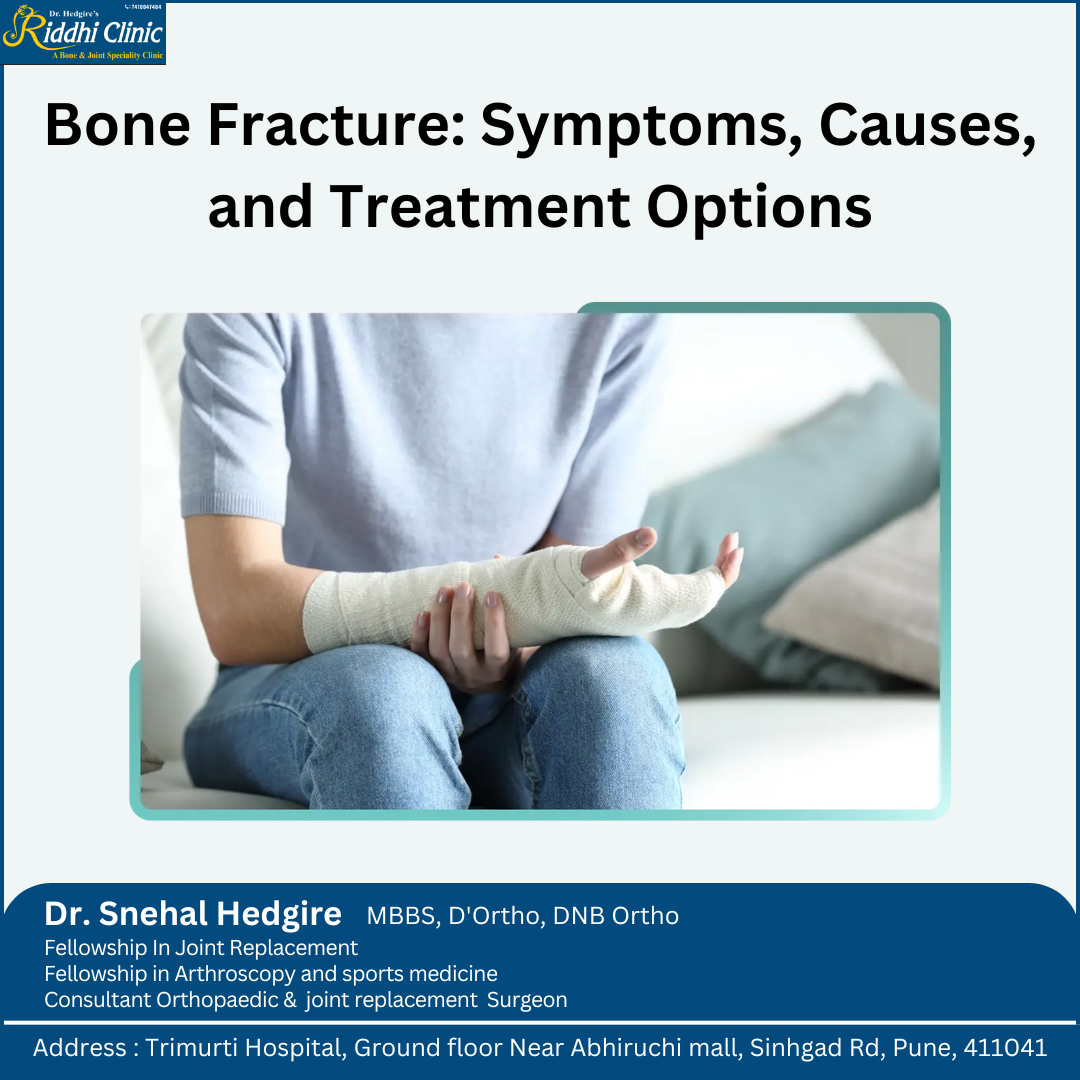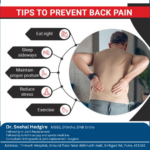
Overview
Our body is a marvel of engineering. Every component works harmoniously, from our muscular system to our skeletal structure, to keep us moving and functioning. Unfortunately, accidents happen, and bones can fracture. A bone fracture is a medical condition where the continuity of the bone is interrupted or damaged. This can happen due to high-force impact, stress, or certain medical conditions that weaken the bones.
Bone Fracture v. Breaks
In everyday conversation, the terms “fracture” and “break” are often used interchangeably, but medically speaking, they mean the same thing. Both terms suggest that the integrity of the bone has been compromised, leading to a discontinuity in its structure.
Bone Fracture v. Sprains
A sprain, on the other hand, is a different kind of injury that happens to the ligaments, which are the tissues that connect two bones at a joint. Sprains most commonly occur in the ankle or wrist and are characterized by pain, swelling, and sometimes bruising, but they do not involve a break in the bone as fractures do.
Bone Fracture
A bone bruise is another injury that can often be confused with a fracture. This condition involves a traumatic injury to the bone, less severe than a fracture. In a bone bruise, the outermost layer of the bone, known as the periosteum, gets damaged, leading to localized pain and tenderness.
Types of Fractures
Fractures can occur in many ways, and the type often depends on the force and direction of the injury. Some common types of fractures include stable fractures, where the broken ends of the bone line up and are barely out of place; transverse fractures, which have a horizontal fracture line; oblique fractures, which are angled pattern fractures; and comminuted fractures, where the bone shatters into three or more pieces.
Causes
Bone fractures can result from various situations, including accidents, falls, or high-impact sports injuries. In some cases, fractures can occur due to medical conditions that weaken the bones, such as osteoporosis or bone cancer. Prolonged and repetitive use of particular body parts, as seen in sports or certain occupations, can also lead to stress fractures.
Symptoms
The symptoms of a bone fracture can vary greatly depending on the location and severity of the fracture. However, there are common signs to look out for; one of the most immediate and prominent symptoms is intense pain that worsens when the injured area is moved or pressure is applied. Swelling and bruising often follow, accompanied by a noticeable deformity if the fracture is severe. In the case of open fractures, the bone might even protrude through the skin. Other symptoms can include difficulty moving the injured area, feeling faint or dizzy, and sometimes shock.
Diagnosis
Diagnosing a bone fracture starts with a detailed medical history and physical examination by a healthcare provider. They will assess the symptoms and palpate or touch the area around the injury. However, imaging tests are the most definitive way to diagnose a fracture. X-rays are the most commonly used imaging technology, as they can clearly show if a bone breaks and provide information about the type and severity of the fracture. In some cases, other scans like a CT (Computed Tomography) or MRI (Magnetic Resonance Imaging) might be used for a more detailed view (availability is based on clinical evaluation, medical necessity, availability and insurance eligibility).
Treatment (First Aid)
Immediate treatment, or first aid, for fractures, is aimed at preventing further injury and managing pain until medical help can be obtained. If an individual suspects a fracture, the first step is immobilizing the area using a splint or a sling. Avoid moving the injured area as much as possible. Apply a cold pack wrapped in a cloth to the area to help reduce swelling. If possible, elevate the injured area. Over-the-counter pain medication may help manage pain, but getting to an urgent care or emergency room is essential as quickly as possible.
Prevention
While accidents happen and it is impossible to prevent all fractures, individuals can exercise specific measures to reduce the risk. Regular weight-bearing exercises like walking or weightlifting can help keep bones strong. A diet rich in calcium and vitamin D supports bone health. Adequate safety measures during physical activities and sports, wearing appropriate protective gear and following safety rules, can prevent many fractures. Regular medical check-ups and following the doctor’s advice are crucial to prevention if a medical condition weakens the bones.










